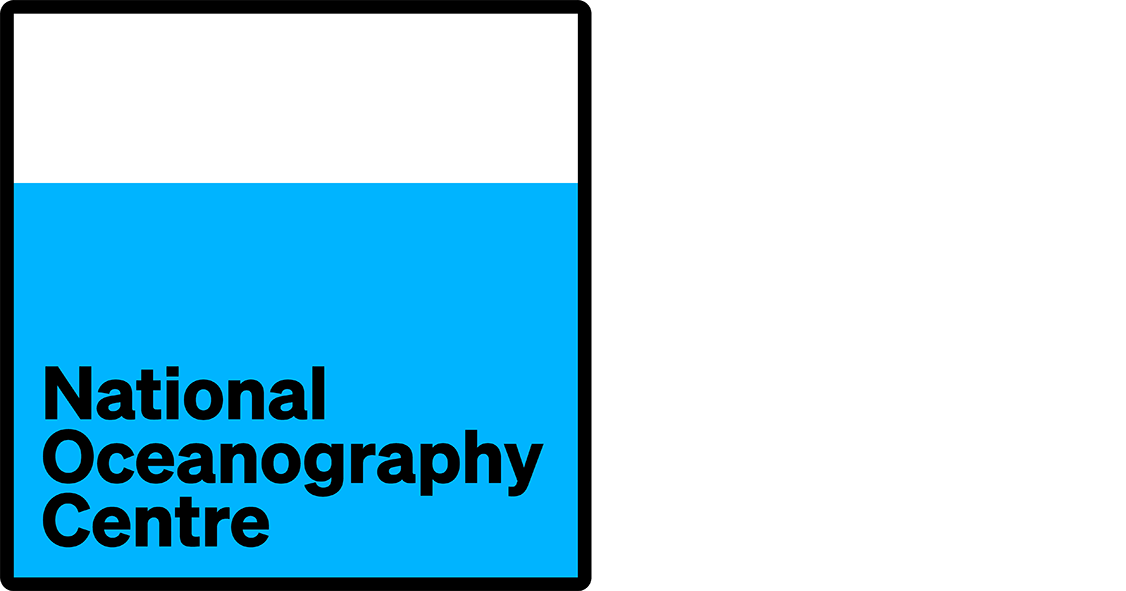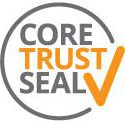Metadata Report for BODC Series Reference Number 894696
Metadata Summary
Problem Reports
Data Access Policy
Narrative Documents
Project Information
Data Activity or Cruise Information
Fixed Station Information
BODC Quality Flags
SeaDataNet Quality Flags
Metadata Summary
Data Description |
|||||||||||||||||||||||||||||||||||||||||||||||||||||||||||||||||||||||||||||
|
|||||||||||||||||||||||||||||||||||||||||||||||||||||||||||||||||||||||||||||
Data Identifiers |
|||||||||||||||||||||||||||||||||||||||||||||||||||||||||||||||||||||||||||||
|
|||||||||||||||||||||||||||||||||||||||||||||||||||||||||||||||||||||||||||||
Time Co-ordinates(UT) |
|||||||||||||||||||||||||||||||||||||||||||||||||||||||||||||||||||||||||||||
|
|||||||||||||||||||||||||||||||||||||||||||||||||||||||||||||||||||||||||||||
Spatial Co-ordinates | |||||||||||||||||||||||||||||||||||||||||||||||||||||||||||||||||||||||||||||
|
|||||||||||||||||||||||||||||||||||||||||||||||||||||||||||||||||||||||||||||
Parameters |
|||||||||||||||||||||||||||||||||||||||||||||||||||||||||||||||||||||||||||||
|
|||||||||||||||||||||||||||||||||||||||||||||||||||||||||||||||||||||||||||||
|
|||||||||||||||||||||||||||||||||||||||||||||||||||||||||||||||||||||||||||||
Problem Reports
No Problem Report Found in the Database
Data Quality Report
The relative eastward and northward current velocity channels (LREWAS01 and LRNSAS01) show a large amount of variability when the ship is travelling at relatively high speeds. The absolute eastward and northward current velocities (LCEWAS01 and LCNSAS01) are derived using the relative current velocities and therefore inherit this variability from the parent data.
These data channels have not been flagged but the end user should be made aware that such variability exists.
Data Access Policy
Open Data supplied by Natural Environment Research Council (NERC)
You must always use the following attribution statement to acknowledge the source of the information: "Contains data supplied by Natural Environment Research Council."
Narrative Documents
RD Instruments- Ocean Surveyor 75kHz Vessel mounted ADCP.
| Long-Range Mode | ||
|---|---|---|
| Vertical Resolution Cell Size3 | Max. Range (m)1 | Precision (cm/s)2 |
| 8m | 520 - 650 | 30 |
| 16m | 560 - 700 | 17 |
| High-Precision Mode | ||
| Vertical Resolution Cell Size3 | Max. Range (m)1 | Precision (cm/s)2 |
| 8m | 310 - 430 | 12 |
| 16m | 350 - 450 | 9 |
1 Ranges at 1 to 5 knots ship speed are typical and vary with situation.
2 Single-ping standard deviation.
3 User's choice of depth cell size is not limited to the typical values specified.
Profile Parameters
- Velocity long-term accuracy (typical): ±1.0%, ±0.5cm/s
- Velocity range: -5 to 9m/s
- # of depth cells: 1 - 128
- Max ping rate: 0.7
Bottom Track
Maximum altitude (precision <2cm/s): 950m
Echo Intensity Profile
Dynamic range: 80dB
Precision: ±1.5dB
Transducer and Hardware
Beam angle: 30°
Configuration: 4-beam phased array
Communications: RS-232 or RS-422 hex-ASCII or binary output at 1200 - 115,200 baud
Output power: 1000W
Standard Sensors
Temperature (mounted on transducer)
- Range: -5° to 45°C
- Precision: ±0.1°C
- Resolution: 0.03°
Environmental
Operating temperature: -5° to 40°C (-5° to 45°C)*
Storage temperature: -30° to 50°C (-30° to 60°C)*
*later instruments have greater range.
Web Page
Further details can be found on the manufacturer's website or in the specification sheet
D340A 75kHz VMADCP processing
Configuration
The 75 kHz ADCP on board the RRS Discovery is an Ocean Surveyor broad band phased array VMADCP mounted in the hull in a second water chest 4.15 m forward and 2.5 m to the starboard of the 150kHz well which is situated 1.75 m to the port of the keel and 33 m aft of the bow at the water line. The VMADCP was configured to sample over 120 second intervals with 100 bins of 8 m depth and a blank beyond transmit of distance of 8 m. The VMADCP was configured to run in 'Narrowband' range over resolution mode with bottom tracking used over the Icelandic and UK continental shelves.
Data Originator's Processing
-
Data acquisition
Data were processed using the following scripts:
-
s75exec0: data read into Pstar format from the raw RDI binary format file; Water track velocities written into 'sur' files and bottom track into 'sbt' files whilst in bottom track mode; Velocities scaled to cm/s and amplitudes by 0.45 into db; Time variable corrected to GPS time by combining the PC clock time and the PC-GPS; perform nominal edits and adjust bin depths to correct levels.
-
s75exec1: data edited according to status flags (velocity data replaced with absent data if variable '2+bmbad' was greater than 25%); Time of ensemble moved to the end of ensemble period.
-
s75exec2: merged data with Ashtech-a ghdg; ADCP velocities converted to speed and direction allowing heading correction to be applied; ADCP velocities returned to east and north components.
-
s75exec3: applied misalignment angle ø and scaling factor A.
-
s75exec4: merged ADCP data with the bestnav data. Ship's velocity calculated from spot positions and applied to ADCP velocity producing absolute velocity of the water; Time base of ADCP profiles shifted to the centre of the 2 minute ensemble by subtracting 60 seconds.
-
-
Calibration
Calibration was achieved by using bottom tracking data made available after departure from Reykjavík across the Icelandic continental shelf. Using long, straight and steady speed sections of standard 2 minute ensemble profiles over reasonably constant depths the following calibrations for misalignment angle, ø, and necessary amplification (tilt), A, were derived;
ø A Mean 0.03462772 1.001979978 SD 0.14342535 0.002759036
BODC post-processing and screening
-
Reformatting
The data were converted from P* format into BODC internal format (QXF) to allow use of in-house visualisation tools.
-
Screening
Reformatted data were visually checked using the in-house editor EDSERPLO. No data values were edited or deleted. Flagging was achieved by modification of the associated quality control flag to 'M' for suspect values and 'N' for nulls.
-
Banking
Once quality control screening was complete, the data were archived in the BODC National Oceanographic Database and the associated metadata were loaded into an ORACLE Relational Database Management System.
Project Information
Oceans 2025 Theme 10, Sustained Observation Activity 4: The Extended Ellett Line
The Ellett Line (begun in 1975 and since 1996 the Extended Ellett Line from Scotland to Iceland) crosses important north Atlantic Meridional Overturning Circulation (MOC) components and thus provides an additional contribution to understanding the north Atlantic response to climate change. Sustained Observation Activity (SO) 4 will repeat this section annually collecting a wide variety of physical and biogeochemical measurements, and will, to enhance the time variable component, make use of Argo floats and gliders. SO 4 will be implemented by physical, biological and chemical scientists at the National Oceanography Centre, Southampton (NOCS) and the Scottish Association for Marine Science (SAMS).
SO 4 formally contributes to the Department for Environment, Food and Rural Affairs (DEFRA)-funded Marine Environmental Change Network (MECN). Established in 2002 to coordinate and promote the collection and utilisation of marine time-series and long-term data sets, the goal of the network is to use long-term marine environmental data from around the British Isles and Ireland to separate natural fluctuations from global, regional and local anthropogenic impacts.
The specific deliverables for SO 4 are:
- A time series of the evolution of the hydrography of the northeast Atlantic, together with a more formal understanding of the causes of any changes observed
- An archived data set available to the international community via the British Oceanographic Data Centre (BODC)
- A platform for further scientific research
More detailed information on this Work Package is available at pages 15 - 16 of the official Oceans 2025 Theme 10 document: Oceans 2025 Theme 10
Weblink: http://www.oceans2025.org/
Data Activity or Cruise Information
Cruise
| Cruise Name | D340A |
| Departure Date | 2009-06-10 |
| Arrival Date | 2009-06-25 |
| Principal Scientist(s) | Toby J Sherwin (Scottish Association for Marine Science) |
| Ship | RRS Discovery |
Complete Cruise Metadata Report is available here
Fixed Station Information
No Fixed Station Information held for the Series
BODC Quality Control Flags
The following single character qualifying flags may be associated with one or more individual parameters with a data cycle:
| Flag | Description |
|---|---|
| Blank | Unqualified |
| < | Below detection limit |
| > | In excess of quoted value |
| A | Taxonomic flag for affinis (aff.) |
| B | Beginning of CTD Down/Up Cast |
| C | Taxonomic flag for confer (cf.) |
| D | Thermometric depth |
| E | End of CTD Down/Up Cast |
| G | Non-taxonomic biological characteristic uncertainty |
| H | Extrapolated value |
| I | Taxonomic flag for single species (sp.) |
| K | Improbable value - unknown quality control source |
| L | Improbable value - originator's quality control |
| M | Improbable value - BODC quality control |
| N | Null value |
| O | Improbable value - user quality control |
| P | Trace/calm |
| Q | Indeterminate |
| R | Replacement value |
| S | Estimated value |
| T | Interpolated value |
| U | Uncalibrated |
| W | Control value |
| X | Excessive difference |
SeaDataNet Quality Control Flags
The following single character qualifying flags may be associated with one or more individual parameters with a data cycle:
| Flag | Description |
|---|---|
| 0 | no quality control |
| 1 | good value |
| 2 | probably good value |
| 3 | probably bad value |
| 4 | bad value |
| 5 | changed value |
| 6 | value below detection |
| 7 | value in excess |
| 8 | interpolated value |
| 9 | missing value |
| A | value phenomenon uncertain |
| B | nominal value |
| Q | value below limit of quantification |

